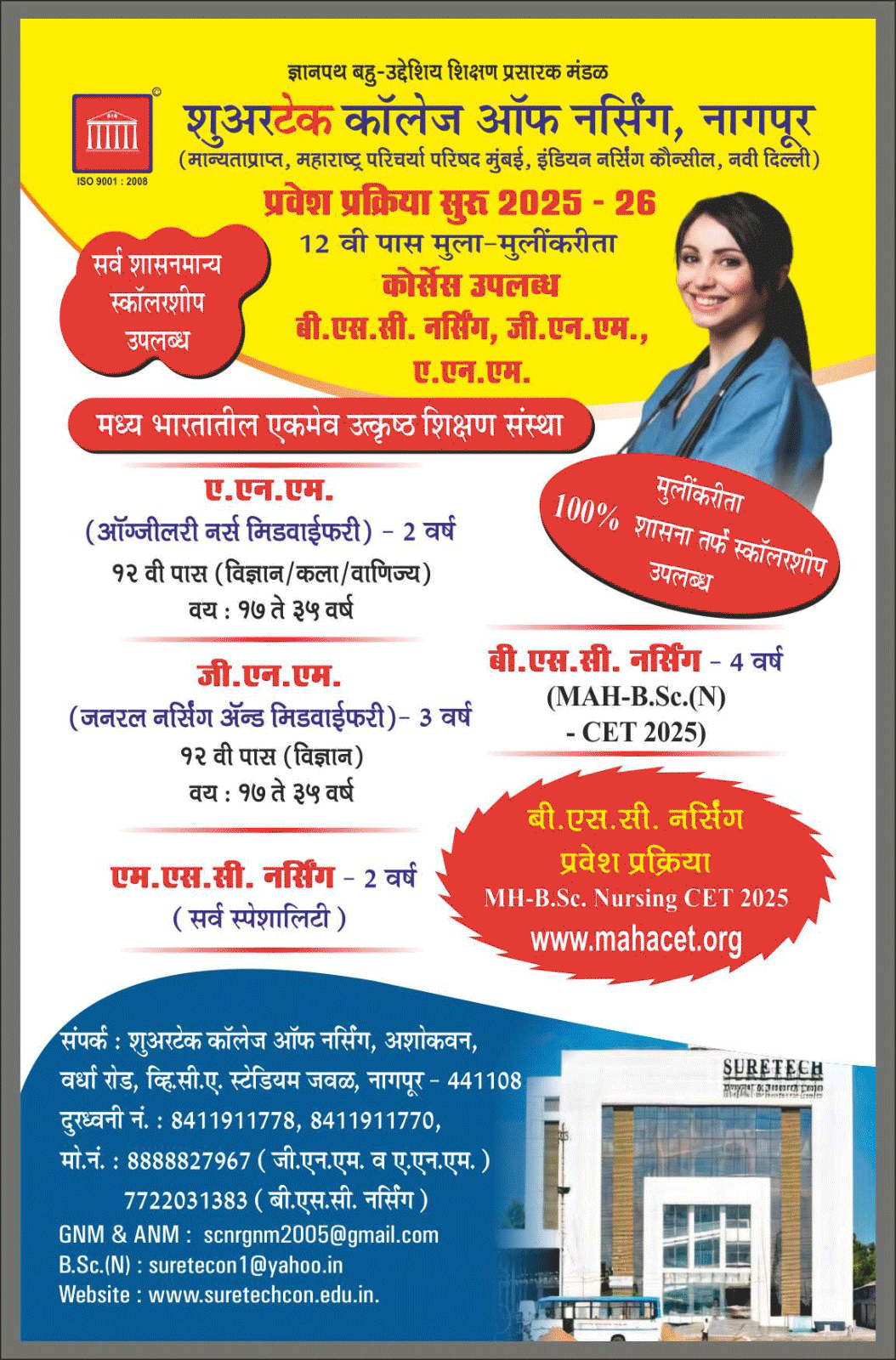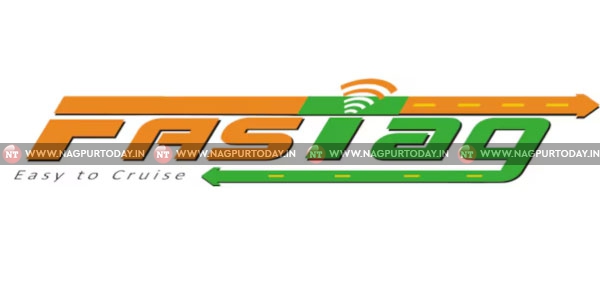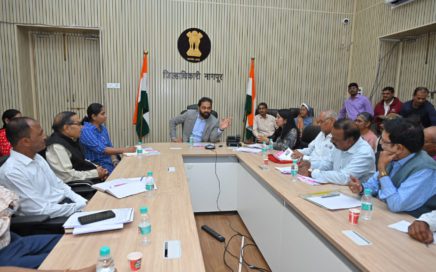India’s path to cashless payments and streamlined toll collection has taken a significant step forward with the introduction of FASTag. This RFID toll collection system is currently used across India’s vast highway network, reducing waiting times and cash transactions. However, as technology advances, so do our expectations for faster, more reliable, and smoother toll-collection solutions. This has led to a new wave of innovation that could reshape the future of FASTag and cashless payment systems for street payments. So, let’s learn about it in detail.
What is FASTag?
FASTag is an electronic toll collection system that uses Radio Frequency Identification (RFID) technology to enable cashless payments at toll booths. The system allows users to automatically pay tolls as they drive through designated lanes, eliminating the need to stop and hand over cash. With the widespread adoption of FASTag, the Indian government aims to reduce traffic congestion and increase toll revenue.
New Rules for FASTag Usage in 2024
The latest changes of FASTag came into effect on August 1, 2024. This depicts the willingness of the government to make the toll collection process simpler and easier. Some of the major updates are as follows:
- Vehicle Registration and Chassis Number: Owners will have to link their vehicle registration number and VIN with the FASTag within 90 days of purchasing a new vehicle.
- Mandatory Replacement: FASTags older than five years have to be replaced, and they must be functional. Replacements must be done before 31st October 2024.
- KYV Update for FASTags every 3 Years: Users are required to update the KYV details of FASTags issued every three years ago to get accurate user information.
- Photo Upload: Vehicle owners are required to upload clear photos of their vehicles’ front and sides, which helps to improve identification and ensure smooth toll plaza operations.
- Mobile Number Link: Each FASTag must be connected to a mobile number for seamless communication and updates.
- Automated Toll Plazas: The new regulations advocate fully automated toll booths to minimise human intervention and simplify the toll collection process.
- Automatic Blacklisting for Insufficient Balance: FASTags Accounts with insufficient balance will be automatically blacklisted until the required balance is restored.
- Implementation of 10-Second Rule: The 10-second rule requires FASTag-enabled vehicles to pass through toll gates within 10 seconds to ensure fast passage and avoid traffic jams.
These updates improve the efficiency of FASTag recharge technology and aim to improve commuters’ overall user experience.
Innovations in FASTag Design
To improve the toll collection process, banks have introduced an advanced FASTag design specifically for Class 4 vehicles, including cars, jeeps, and vans. This innovative design optimises vehicle identification at toll plazas, thereby reducing travel time and increasing revenue for toll operators.
The redesigned FASTag enables accurate toll collection, minimises the risk of mischarging, and encourages users to purchase the correct FASTag category for their vehicle. This addresses the common issue of issuing incorrect tags, making the toll collection process more efficient.
GNSS as an Innovative Solution for Toll Payment
Another exciting innovation on the horizon is the integration of Global Navigation Satellite System (GNSS) technology into toll collection systems. GNSS promises to benefit consumers and governments and improve the efficiency of the FASTag system.
- Hassle-free Toll Collection Experience: By eliminating the need for traditional toll booths, GNSS can significantly reduce bottlenecks and queues at toll booths. This innovation enables a seamless travel experience as toll charges are calculated based on the distance travelled, meaning users don’t have to pay too much for shorter journeys.
- Improved Safety and Efficiency: GNSS offers governments a safer and more efficient method of collecting tolls. Satellite-based systems minimise tax evasion, which is an ongoing challenge in the current system. Additionally, data collected through GNSS helps in better traffic management and infrastructure planning, providing insights into traffic patterns and road usage.
Working of GNSS-Based Toll Collection System
GNSS systems work through satellite technology and onboard equipment installed on vehicles. As a vehicle travels on a toll road, the system tracks its journey via satellite. Upon exiting, the system calculates the distance travelled and automatically deducts the corresponding toll from the digital wallet associated with the vehicle registration. This approach, which has been successful in multiple European countries, could change the future of FASTag and street pavements in India.
Steps to Recharge your FASTag Online
Keeping a sufficient balance in your FASTag account is very important so that you can travel uninterrupted. You have several options for doing FASTag recharges, and the most convenient ones are online recharges, like through the ICICI Bank Net Banking and iMobile app. You can also set Auto Recharge to enable self-recharge of the FASTag every time the amount goes below the threshold.
Recharge your FASTag through iMobile app:
- Open ICICI Bank iMobile Pay on your device. Have your username and password ready for a secure login.
- Go to the ‘Bill Pay, Recharge & FASTag’ section and select ‘FASTag’. This will take you to the FASTag management section.
- Click on ‘Recharge’ and enter the amount.
- Recheck the details on confirm details page & ‘Swipe to Pay’.
- You can also set your vehicles on Auto Recharge to never worry about the balance.
- Select ‘Set up Auto Recharge’. This functionality is especially advantageous because it always keeps your account balance on the higher side.
- Select your Vehicle number, set the minimum and maximum recharge values, select your Savings Account for payments, and click ‘Set up Auto Recharge’.
- Double-check the entered details before confirming to avoid errors during the recharge process.
Recharge and set Auto Recharge through Net banking:
Recharge as per the steps below and set up Auto Recharge by ICICI Bank Net Banking
- Log in to your Net Banking account using your credentials.
- Select ‘Payments & Transfer’ from the top menu then choose ‘Buy/Recharge FASTag’ and click on the ‘Recharge’ tab
- Select ‘Vehicle Recharge’ and enter the amount.
- Select the account, verify your details and Proceed to pay.
- You can also set your vehicles on Auto Recharge to never worry about the balance.
- Click the ‘Auto Recharge’ icon
- To set the ‘Auto Recharge’ for a vehicle enter:
- Select the vehicle number linked with your FASTag
- ‘Threshold amount’: Minimum threshold amount of Rs. 100
- ‘Top-up amount’: Minimum threshold amount of Rs. 500, Maximum amount of Rs. 10,000 per tag (with minimum KYC) or Rs. 1 Lakh per tag (with full KYC)
- Select the ‘Savings Account’ Number, and the SI will be set automatically
- Review all the details and confirm to process the payment.
These steps will help you ensure that your FASTag remains active and functional so that you can drive through toll gates with ease.
Wrapping Up
The future of road payments is bright, with innovations like FASTag and GNSS-based tolling leading the way. The transition to cashless payment systems and advanced technology will transform the toll landscape. By embracing these changes, consumers and governments can benefit significantly, paving the way for a more efficient and hassle-free driving experience. Commitment to improved FASTag functionality and charging technology will undoubtedly play a vital role in this development, making driving smoother for everyone.















